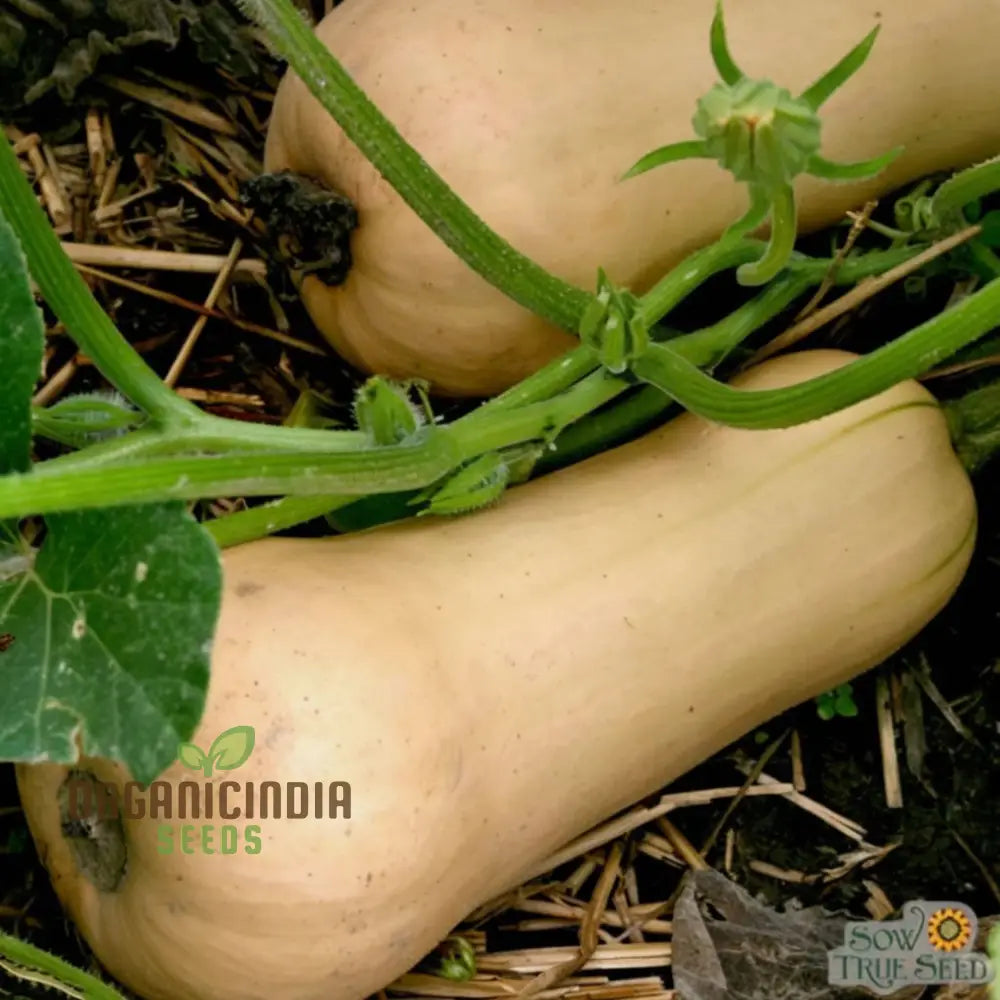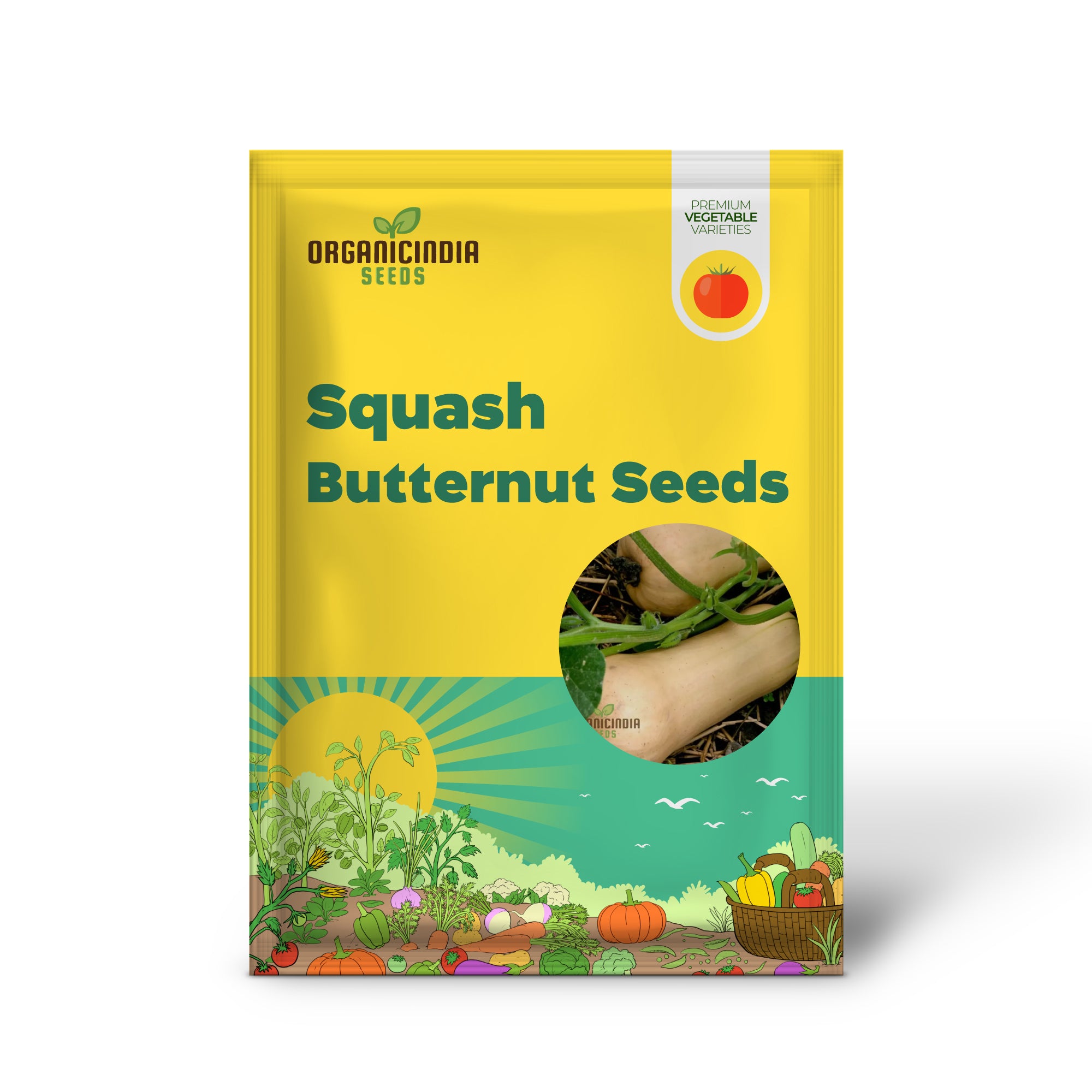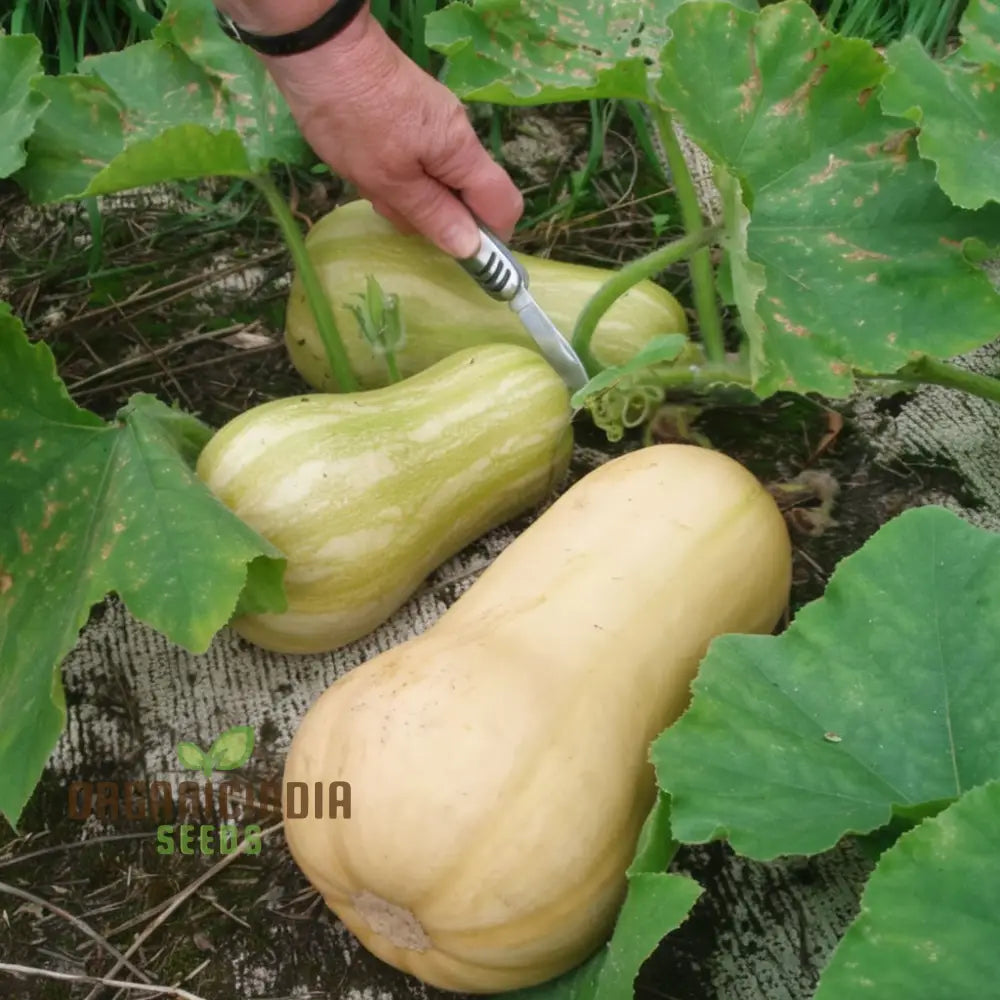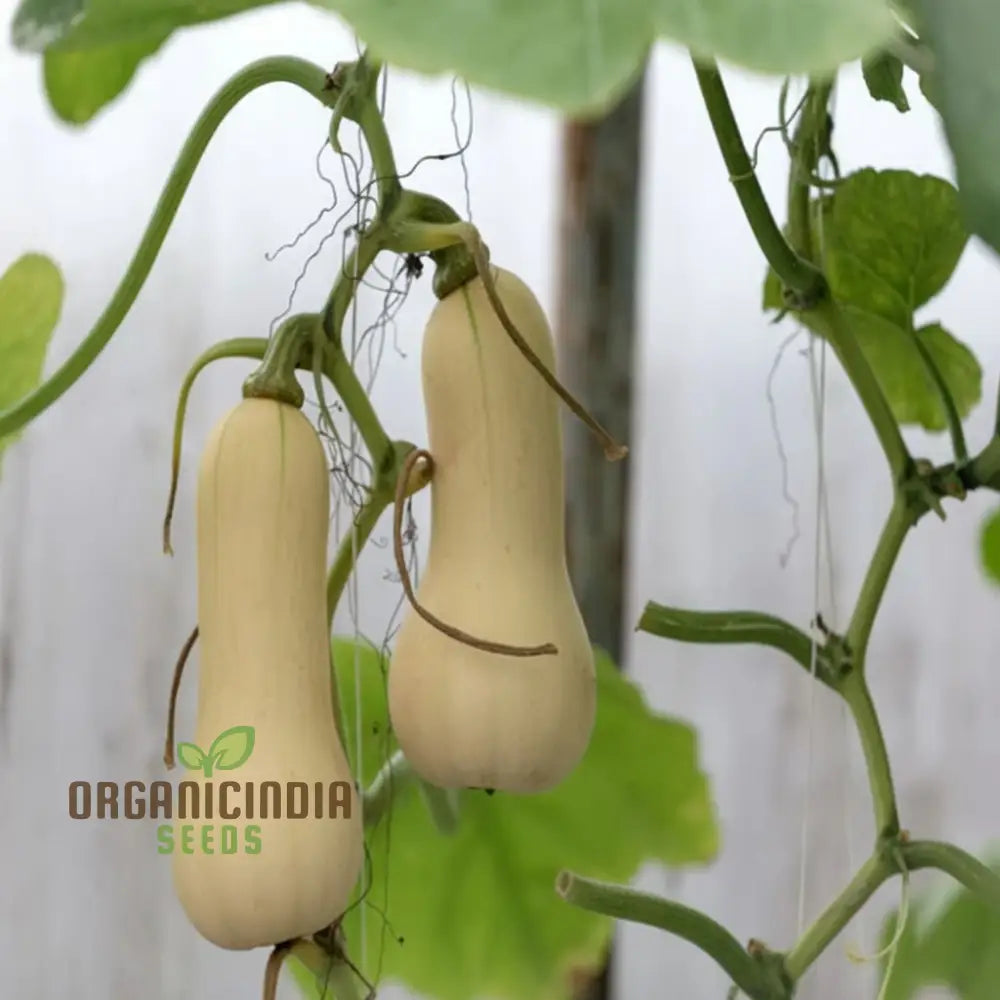





Free Shipping
Safe & Secure Payments
Here's a detailed growing guide for Waltham Butternut Squash seeds:
Product Name: Waltham Butternut Squash Seeds
Type: Heirloom, open-pollinated
Available Quantities: 100, 500, or 1000 seeds per pack
Mature Size: 10-12 inches long, 3-6 pounds per fruit
Growth Habit: Vining (requires space or trellising)
Hardiness: Heat-tolerant, drought-resistant once established
Light Requirements: Full sun (6-8 hours daily)
Soil Requirements: Well-drained, fertile soil rich in organic matter (pH 6.0–6.8)
Uses: Roasting, soups, purees, baking, and storage
Indoor Sowing:
Outdoor Sowing:
Choose options